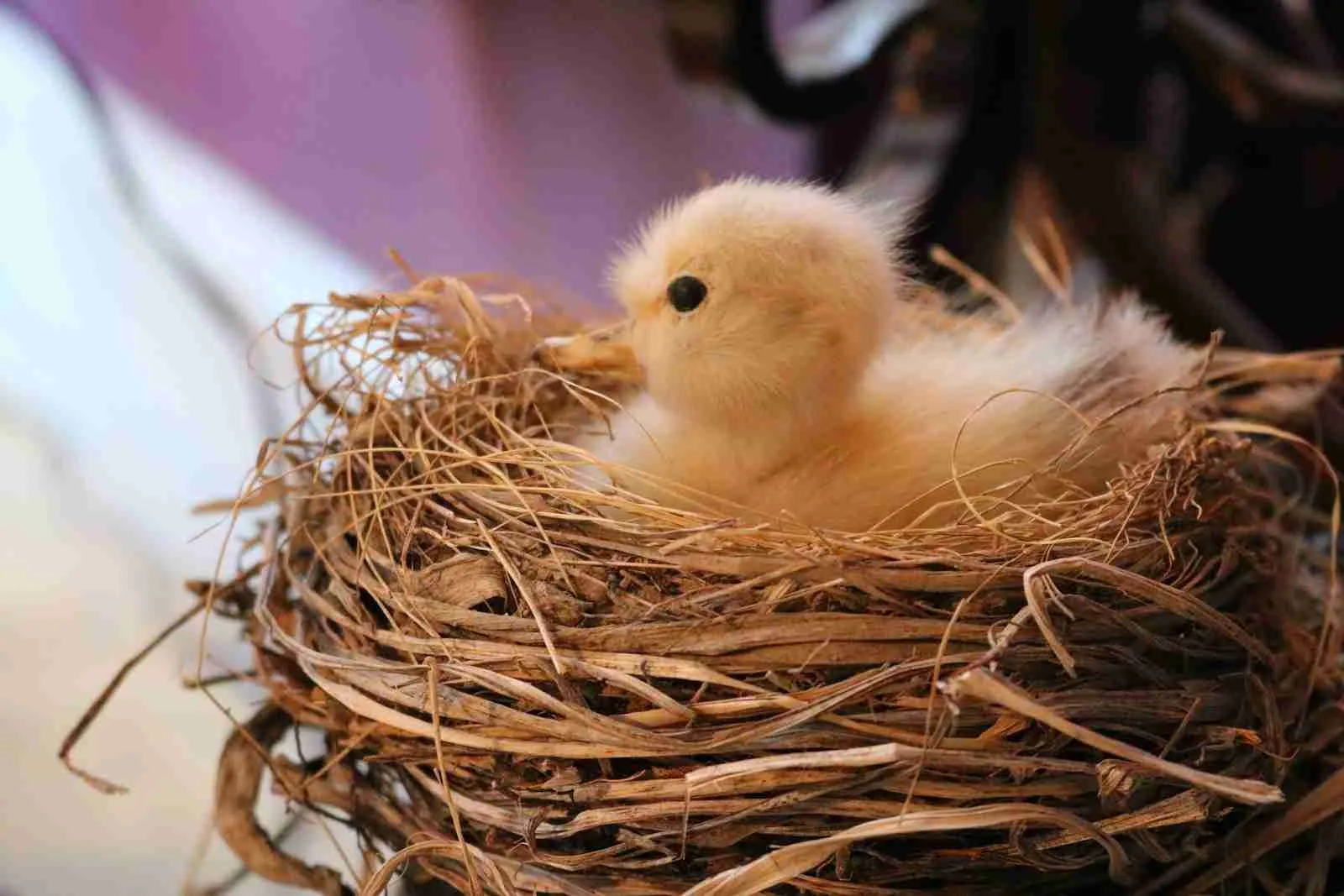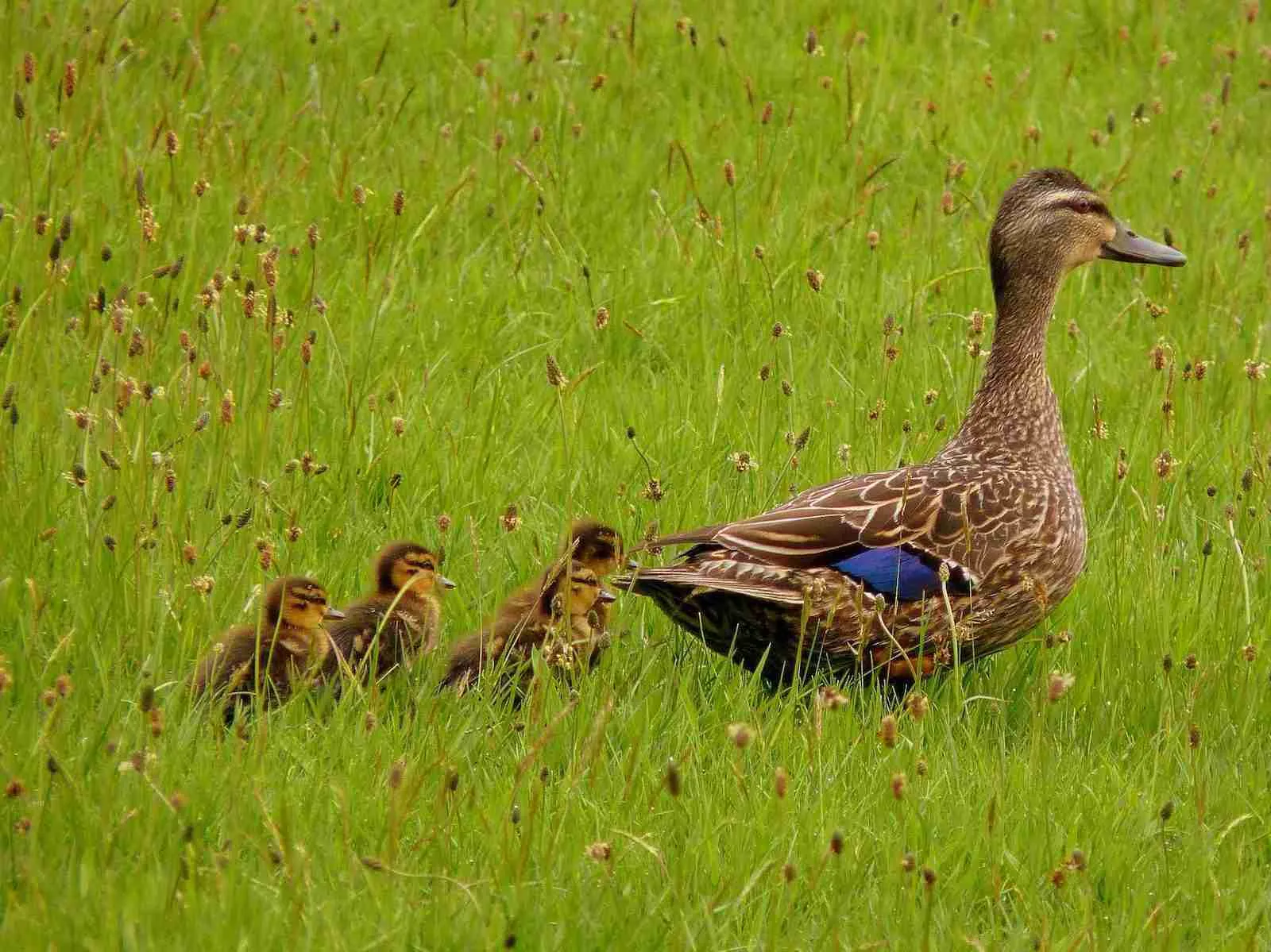Have you ever noticed a duck wagging its tail and wondered what it means? You’re not alone! Many of us have observed this peculiar behavior in ducks, whether at our local pond or while watching wildlife documentaries.
It’s easy to assume that they’re simply mimicking other animals like dogs, but the truth is far more interesting. In fact, understanding why ducks wag their tails can give us valuable insights into their emotions, social interactions, and even mating habits.
So if you’ve always been curious about this fascinating aspect of duck behavior, keep reading as we delve deeper into what it really means when a duck wags its tail.
Communicating Emotions And Intentions
Communicating emotions and intentions is an essential aspect of the animal kingdom, showcasing their emotional intelligence. Just like humans, animals also have ways to express themselves; duck language being one such example.
When a duck wags its tail, it can signify various feelings or messages that they want to convey. This wagging action could mean contentment after preening, excitement when seeing familiar faces, or even a sign of aggression in certain situations.
Recognizing these subtle cues not only helps us better understand our feathered friends but also enables us to build stronger connections with them as we learn more about their behavior patterns.
With this foundation on understanding ducks’ emotional expressions, let’s delve deeper into how they signal social interactions among each other.
Signaling Social Interactions
When it comes to social interactions, animals use cues like body language and vocalizations to communicate.
Ducks often use tail-wagging as a signal of aggression, indicating that they’re feeling threatened or protective of their flock.
On the other hand, ducks may also wag their tails when they’re feeling playful, which can be a sign of wanting to interact.
Social Interaction Cues
When it comes to duck communication, it’s important to note that they use various forms of body language and vocalizations to interact with one another.
One such example is tail wagging, which can be a fascinating aspect of their social interaction cues.
It’s not just about expressing happiness or excitement like in dogs; for ducks, this behavior often indicates contentment or acknowledgment of other members within the group.
The intricacies of tail wagging language among ducks also help them maintain harmony and cohesion within their flock.
So next time you observe these feathered creatures engaging in some tail-wagging action, remember that there’s more than meets the eye when deciphering their subtle yet significant ways of communicating with each other.
Aggressive Signals
While tail wagging is a display of contentment and acknowledgment, ducks also exhibit more assertive behaviors to signal social interactions.
Duck dominance can be evident through aggressive signals such as biting, chasing, or even ruffling their feathers in a threatening manner.
These feathered threats are an essential aspect of maintaining balance within the flock, ensuring that each member knows its place in the pecking order.
Observing these displays of aggression can allow us to better understand how ducks establish hierarchy and maintain stability among their group members.
So remember, it’s not just about the friendly wags; there’s always more beneath the surface when observing duck communication.
Playful Interactions
However, it’s not all about aggression and asserting dominance among ducks.
They also engage in playful interactions that help strengthen their social bonds with one another.
Duck games can involve aquatic playfulness such as diving, splashing around, or even chasing each other through the water.
These light-hearted moments are just as crucial for maintaining a cohesive flock dynamic as the more assertive displays of power.
So when you’re observing these fascinating creatures, be sure to keep an eye out for those instances of pure joy and camaraderie – they’ll give you a whole new appreciation for duck communication!
Displaying Mating Behaviors
While many people believe that tail wagging is solely a canine behavior, ducks also engage in this peculiar action. In the context of mating rituals and courtship displays, tail wagging serves as an essential nonverbal communication method for these feathered creatures.
Ducks use their tails to signal their intentions during various stages of interaction with potential mates:
Pre-copulatory behaviors:
Tail-cocking: The male raises his tail while swimming or standing, displaying it prominently to nearby females.
Head-pumping: Both males and females perform head-bobbing motions which often accompany tail-wagging.
Courtship displays:
Grunt-whistle sequences: Male ducks emit grunting sounds followed by whistles, accompanied by vigorous tail-wagging.
Nod-swimming: Females swim towards their chosen mate while nodding their heads and frequently wagging their tails.
Understanding these intricate forms of communication can help us appreciate the complexity of duck social interactions beyond mere quacks and splashes.
As we delve further into duck behavior, let’s examine how they express comfort and contentment through other physical cues.
Expressing Comfort And Contentment
When a duck wags its tail, it is often expressing comfort and contentment. Observing this behavior can be a delightful experience for birdwatchers or pet owners alike, as it signifies the animal’s positive state of mind.
Duck relaxation may be observed in various ways, including stretching their necks or preening themselves, but tail wagging remains one of the most noticeable contentment signals they offer.
Understanding these expressions will help you better appreciate your interactions with ducks and provide valuable insights into their well-being. With that said, let us now discuss how some behaviors might indicate their readiness to take flight.
Indicating Readiness To Fly
As the sun sets in the horizon, casting a warm glow over the tranquil pond, our feathered friend stretches its wings and sends ripples across the mirror-like water.
The duck’s wagging tail has transitioned from expressing comfort and contentment to signaling another message: it is time for flight. Just like an experienced pilot going through their pre-flight checklist, ducks too have certain rituals they perform before taking off.
Adjusting wing feathers: Ducks ensure that their wing feathers are properly aligned for optimal lift.
Warming up muscles: They may flap their wings rapidly as a form of exercise to prepare themselves for flight.
Communicating readiness: A series of vocalizations or movements communicate with fellow flock members about their intentions.
As we delve into avian body language, understanding these subtle cues can greatly enhance our appreciation for these remarkable creatures. Observing how ducks use their tails to convey different messages allows us to witness firsthand Nature’s intricate communication system at work.
Frequently Asked Questions
What Other Animals Exhibit Tail-Wagging Behavior Similar To Ducks, And What Does It Mean In Those Species?
Tail-wagging behavior is not just limited to ducks; indeed, various animals exhibit this form of communication as well.
In many species, tail wagging serves different purposes and carries distinct meanings. For instance, dogs are known for their expressive tail wags which typically indicate happiness or excitement. However, depending on the speed and position of the wag, it could also signal fear or submission.
Similarly, cats use tail movements to convey emotions such as agitation or curiosity. When observing duck communication, one must consider that wagging variations may signify different messages: some ducks might wag their tails when they’re content after preening themselves while others do so during courting rituals or playful interactions with other ducks.
Understanding these nuances in animal body language can provide valuable insights into the lives and behaviors of various creatures across numerous species.
How Can You Differentiate Between A Duck’s Tail-Wagging And Other Similar Movements Or Behaviors They Might Display?
In order to differentiate between a duck’s tail-wagging and other similar movements or behaviors they might display, it is important to observe the context in which these actions occur as well as any accompanying vocalizations or body language.
Duck communication often involves various physical cues that help convey their emotions, so understanding tail wagging emotions can provide valuable insights into their overall behavior.
When trying to distinguish genuine tail wags from other motions, pay close attention to factors such as the speed and frequency of the movement, whether it happens alongside other specific gestures like head bobbing or wing flapping, and if there are any particular environmental circumstances that could be influencing the bird’s state of mind at that time.
By being attentive to these details, you’ll gain a better comprehension of what your feathered friend may be attempting to communicate through its expressive tail movements.
Are There Any Specific Sounds That Ducks Make While Wagging Their Tails That Can Help Us Understand Their Intentions?
Just as humans have their own linguistic nuances, ducks also possess a rich tapestry of emotions and communication patterns.
While wagging their tails can be indicative of various intentions, the sounds they make while doing so can provide additional clues to help us decode their messages.
Ducks employ a range of vocalizations such as quacks, grunts, and whistles which accompany different behaviors and emotional states.
By paying close attention to these auditory cues in conjunction with tail movements, we are better equipped to understand our feathered friends’ desires and needs.
Do Ducks Wag Their Tails More Often During Certain Times Of The Day, Or In Particular Weather Conditions?
Ducks do not necessarily wag their tails more often during specific times of the day or in particular weather conditions.
However, factors such as temperature and sunlight could potentially have some impact on tail wagging frequency due to their influence on a duck’s overall activity level.
Generally speaking, ducks are more active when it is warmer and brighter outside, which may result in increased instances of tail wagging.
Nonetheless, it is important to remember that individual ducks may exhibit different behaviors based on various factors, including age, health, and personality.
As such, while there might be a correlation between certain environmental conditions and tail wagging frequency for some ducks, this relationship is not consistent across all individuals within the species.
Are There Any Cultural Or Historical Beliefs Surrounding The Meaning Of A Duck Wagging Its Tail?
There are various cultural and historical beliefs surrounding the meaning of a duck wagging its tail, often involving symbolism and folklore interpretations.
In some cultures, ducks represent adaptability, resourcefulness, and strong family connections due to their ability to thrive in both water and land environments. A wagging tail may be seen as an indication of happiness or contentment within these contexts.
Additionally, certain mythological stories feature ducks as prominent characters with specific symbolism attached to their actions such as a wagging tail.
However, it is essential to remember that these cultural associations may differ across regions and belief systems, so interpretations should be taken with caution when attempting to understand the true significance behind a duck’s behavior.
Conclusion
In the grand tapestry of nature’s ballet, ducks wagging their tails are but a single thread weaving intricate patterns of communication.
As we unravel these mysteries, we gain a deeper understanding and appreciation for our feathered friends.
So next time you see a duck happily wagging its tail, remember that it may be more than just an adorable gesture – it could also be an eloquent expression of emotions or intentions within the world of waterfowl.
Let us cherish these moments as we continue to learn from our avian companions in this wondrous dance called life.

An avid ornithologist, zoologist and biologist with an unwavering passion for birds and wild animals.
Dr. Wilson’s journey in ornithology began in childhood and led him to obtain a Ph.D. in Ornithology from the prestigious Avian Research Institute. He has worked closely with renowned experts in the field and conducted extensive research and field studies globally.


